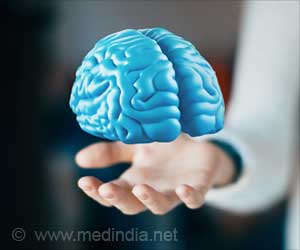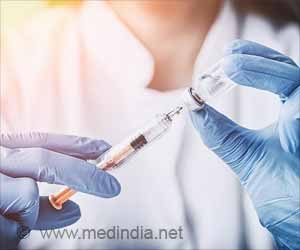“Since its discovery two decades ago, cytoglobin has been found to be expressed in nearly all human tissues, but the mechanisms of how this protein functions were largely unknown,” said Dr. Gladwin. “We know that cytoglobin can play a role in modulating and maintaining nitric oxide levels, but our new finding indicates that it positively regulates NO production to ensure proper cilia function and its absence can lead to major laterality abnormalities of organs.”
To conduct the study, the research team knocked out the gene for cytoglobin in zebrafish and were amazed to see that it led to dramatic defects in the structure and location of organs in developing embryos. The heart, for example, was located on the right side of the fish instead of the left with a looping to the left instead of the right.
Advertisement
“We found that cytoglobin plays a vital role in the structure and function of tiny hair-like structures called cilia, which determine the asymmetry and proper development of organs,” said study senior author Paola Corti, PhD, Assistant Professor of Biochemistry and Molecular Biology at UMSOM.
It’s also the first time that cytoglobin has been linked to cilia function. Such a finding could open the door for the development of therapeutics for rare birth defects that affect the movement of cilia.
About 1 in every 10,000 to 30,000 people are born with Primary Ciliary Dykinesia (PCD), a rare disease that affects the cilia and can cause breathing issues from thickened mucus clogging airways. “Kartagener’s syndrome is a form of PCD and is known to cause the type of heart defects seen in the zebrafish where the heart is abnormally positioned to the right and rotated,” said Dr. Corti. “There is no cure for this condition, just surgery to fix any heart defects and treatments to manage symptoms.”
While certain genes have been identified that are known to cause about 70 percent of PCD cases, cytoglobin could play a key role in the 30 percent of cases with no known genetic cause.
“We found the phenotype and connected the dots to cilia. In the presence of cytoglobin, we could track the function of the protein and how if led to proper cilia function and organ development. In the absence, we saw these defects,” said Elizabeth Rochon, PhD, first author of the study and Assistant Professor of Medicine at UMSOM.
Funding for the study was from the National Institutes of Health, the American Heart Association, and the Institute for Transfusion Medicine and the Hemophilia Center. UMSOM faculty co-authors include Anthony W. DeMartino, PhD, Assistant Professor of Medicine, and Qinzi Xu, MD, Assistant Professor of Medicine.
Other co-authors included faculty at the University of Pittsburgh School of Medicine and the University of Copenhagen in Denmark.
Source: Eurekalert



